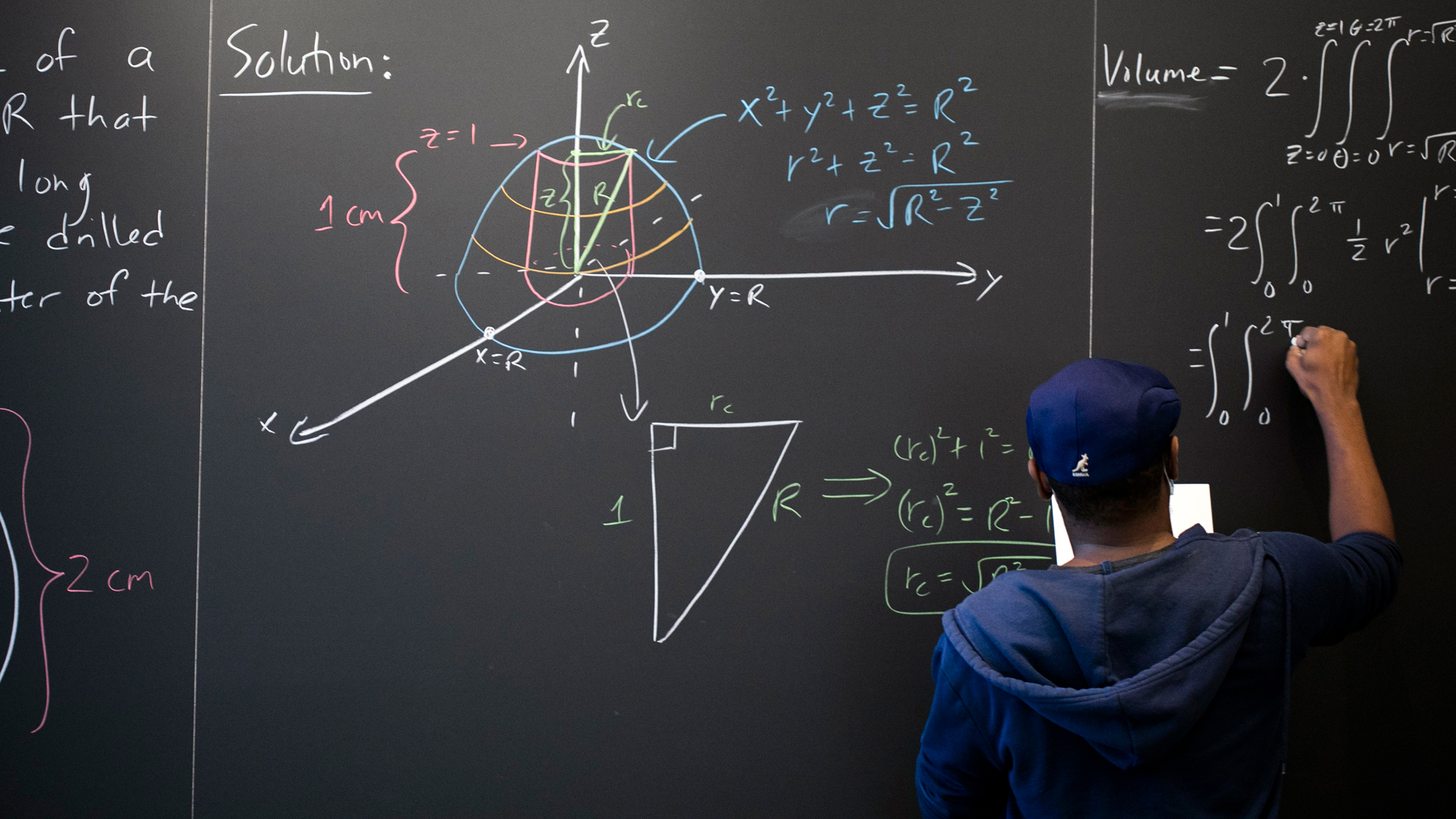
Hakim Walker, preceptor of mathematics, uses the chalkboard in the Science Center math lounge to try to solve a problem: finding the volume of a ball with a 2-centimeter-long cylindrical hole drilled through it.
Photos by Stephanie Mitchell/Harvard Staff Photographer
Ideas captured in chalk on slate
Blackboards and whiteboards offer windows into the questions, problems, theories, and arguments students are taking on this semester
Since its invention in the early 1800s, the chalkboard has been a classroom fixture and an essential visual tool for learning. Despite advances in technology, the appeal of chalk and slate endures, although some prefer markers and whiteboards (a mid-20th-century addition). Across the Faculty of Arts and Sciences, students, researchers, and faculty use these boards to aid collaboration, harness creativity, make the abstract concrete, and work out big questions. Here’s a sampling.
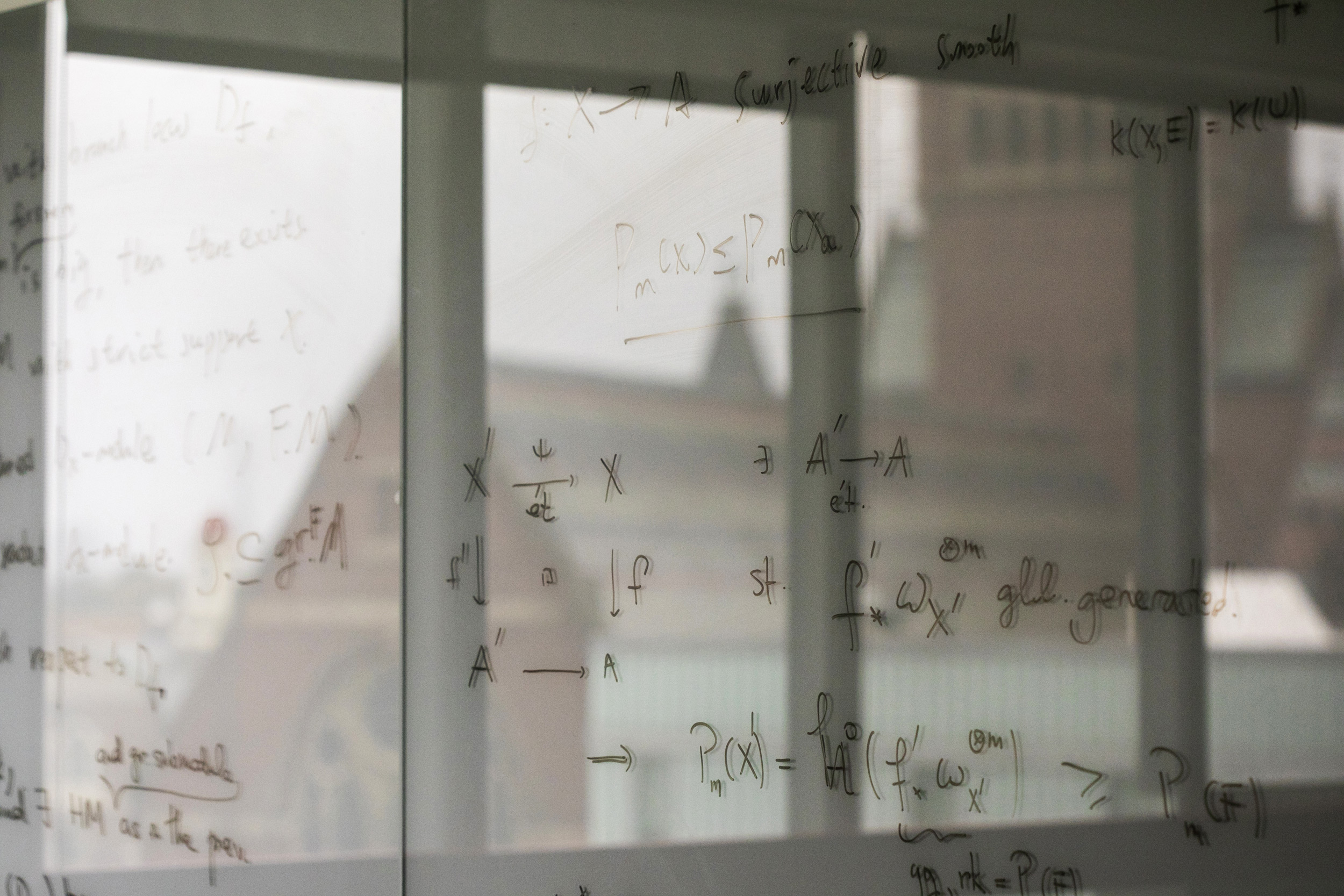
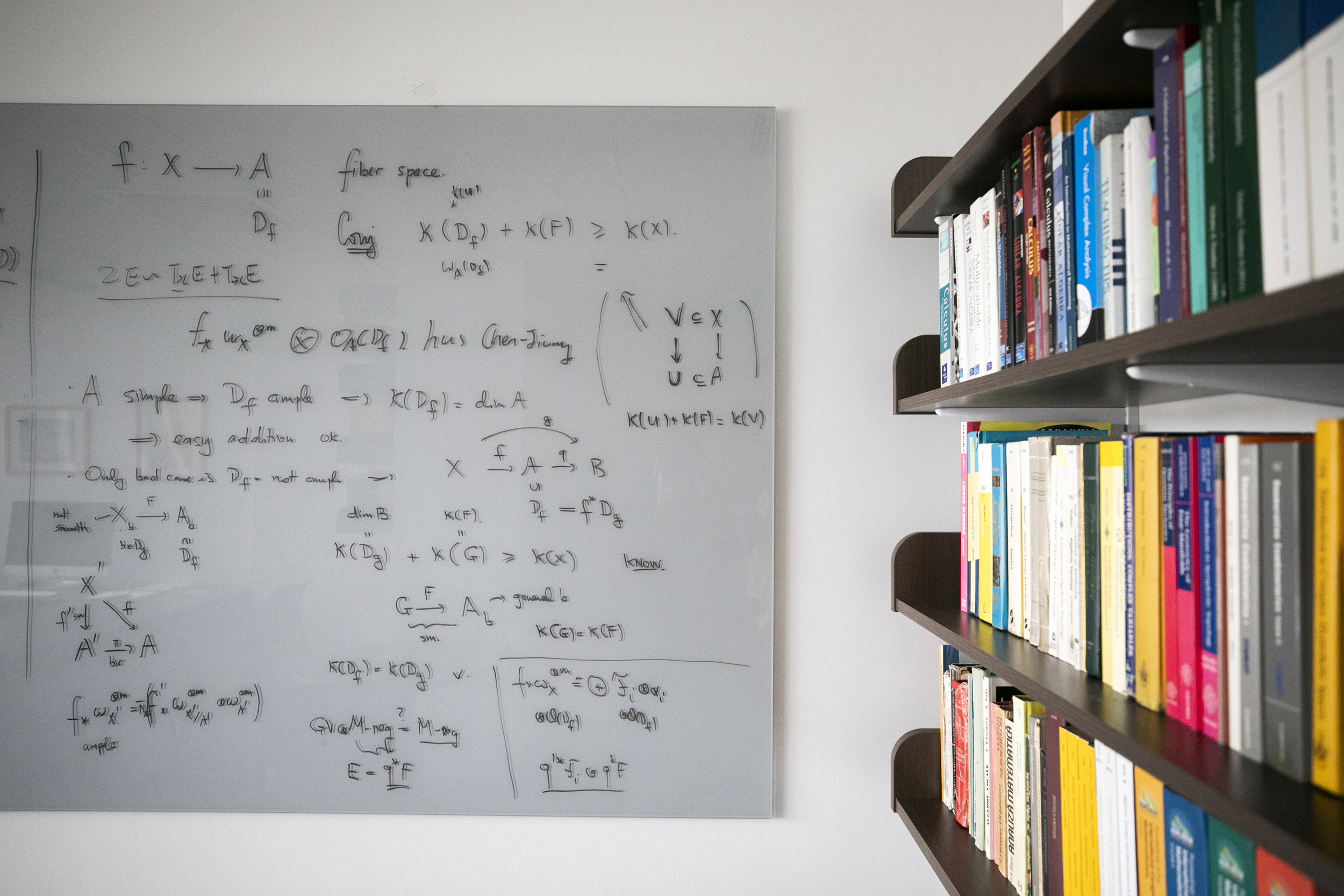
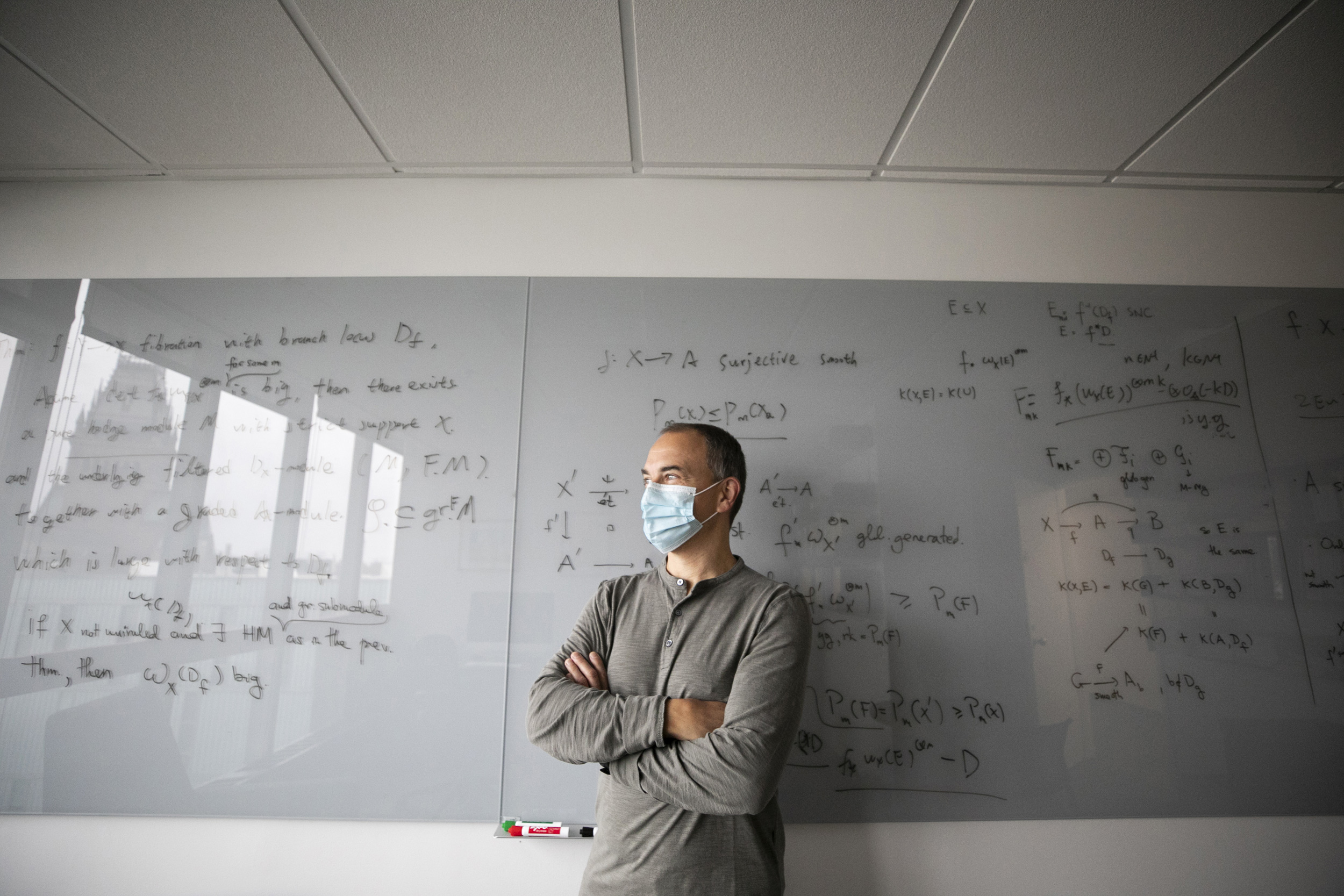
On his glass board, Mihnea Popa, a professor of mathematics (pictured above), writes out ideas, theories, and arguments that become abstract very fast. “It is essentially impossible to have a discussion without writing things down and going back to earlier thoughts if needed,” he said. “Writing things on the board makes it easier to discover mistakes as well, for which the eraser provides a first solution.”
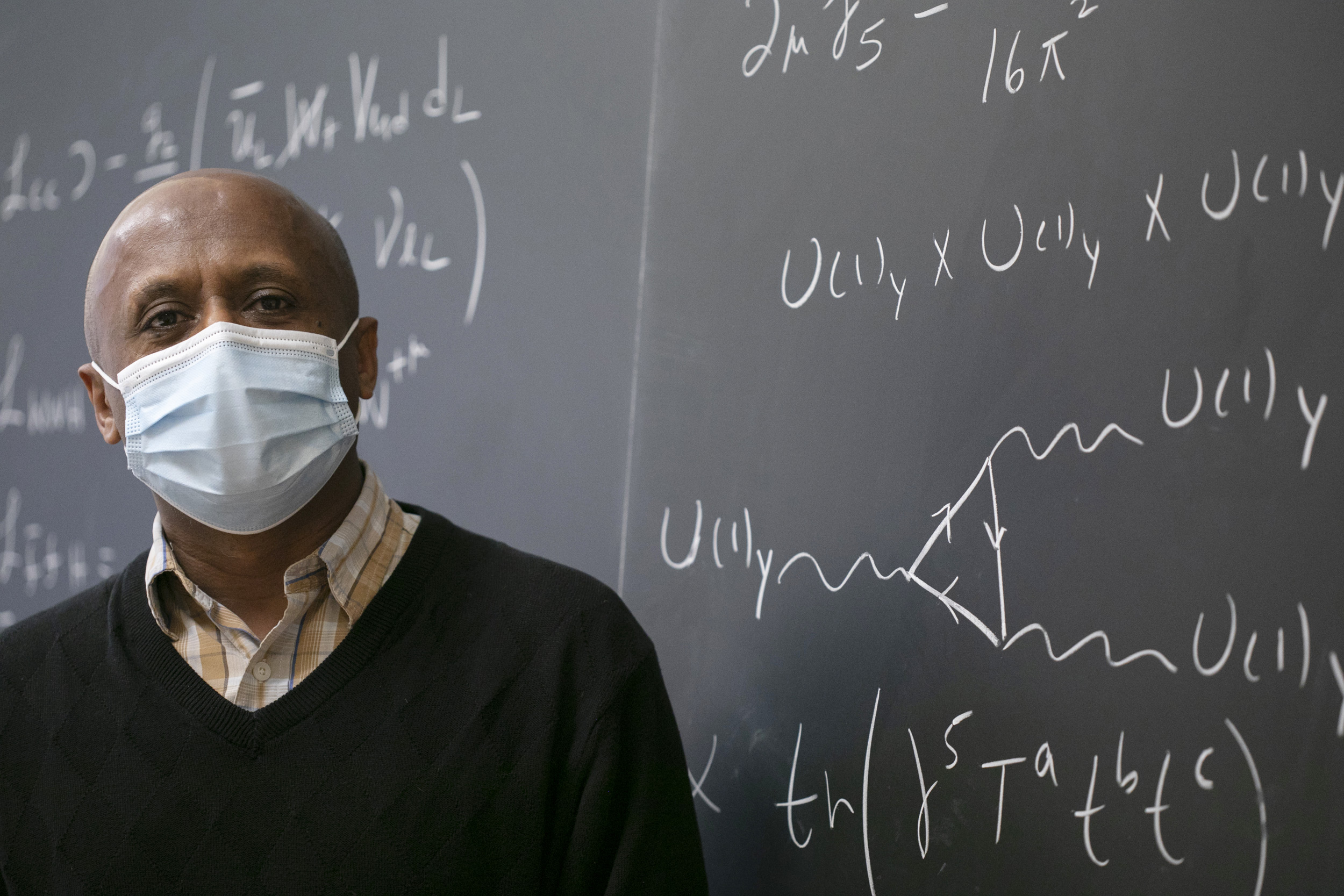
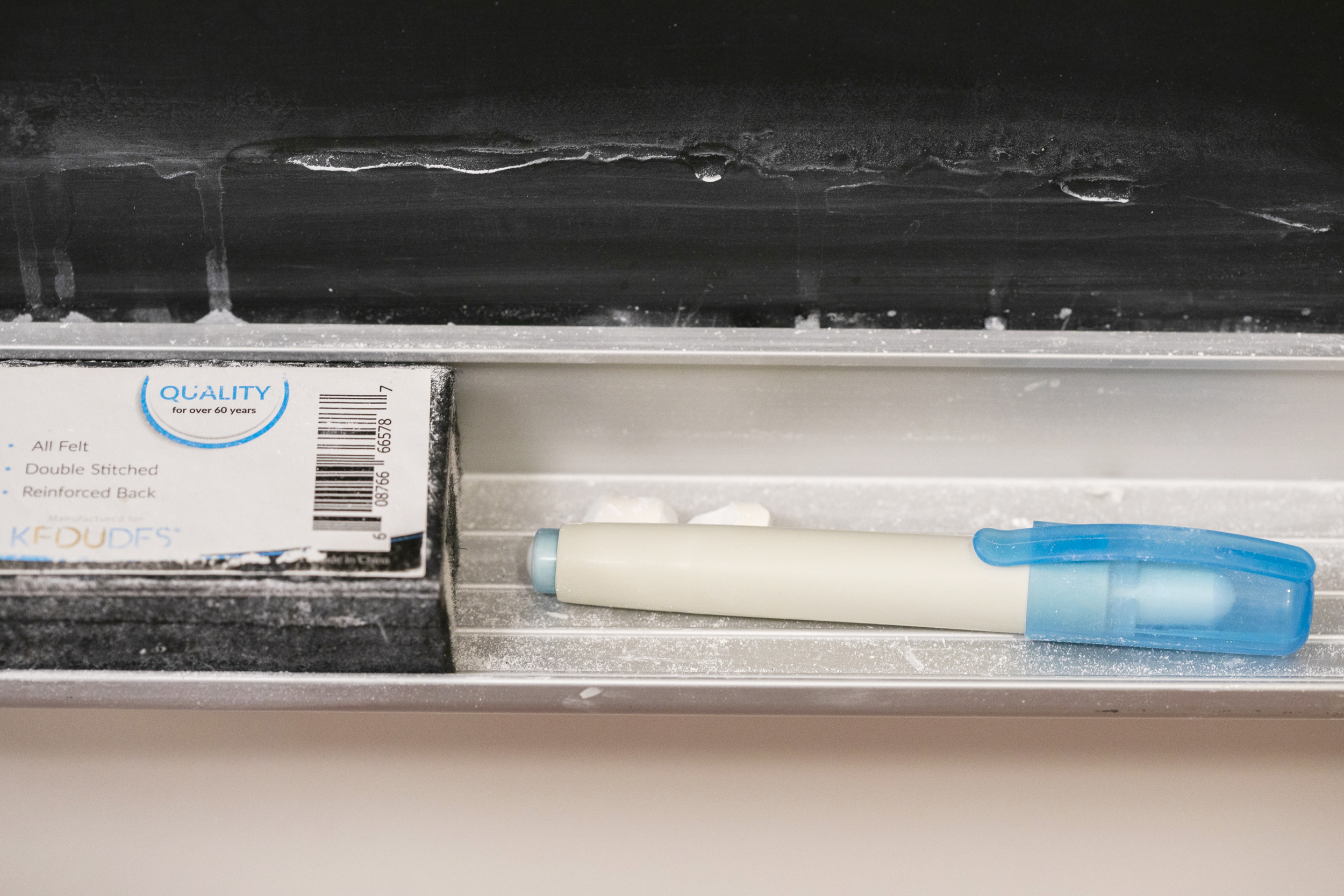
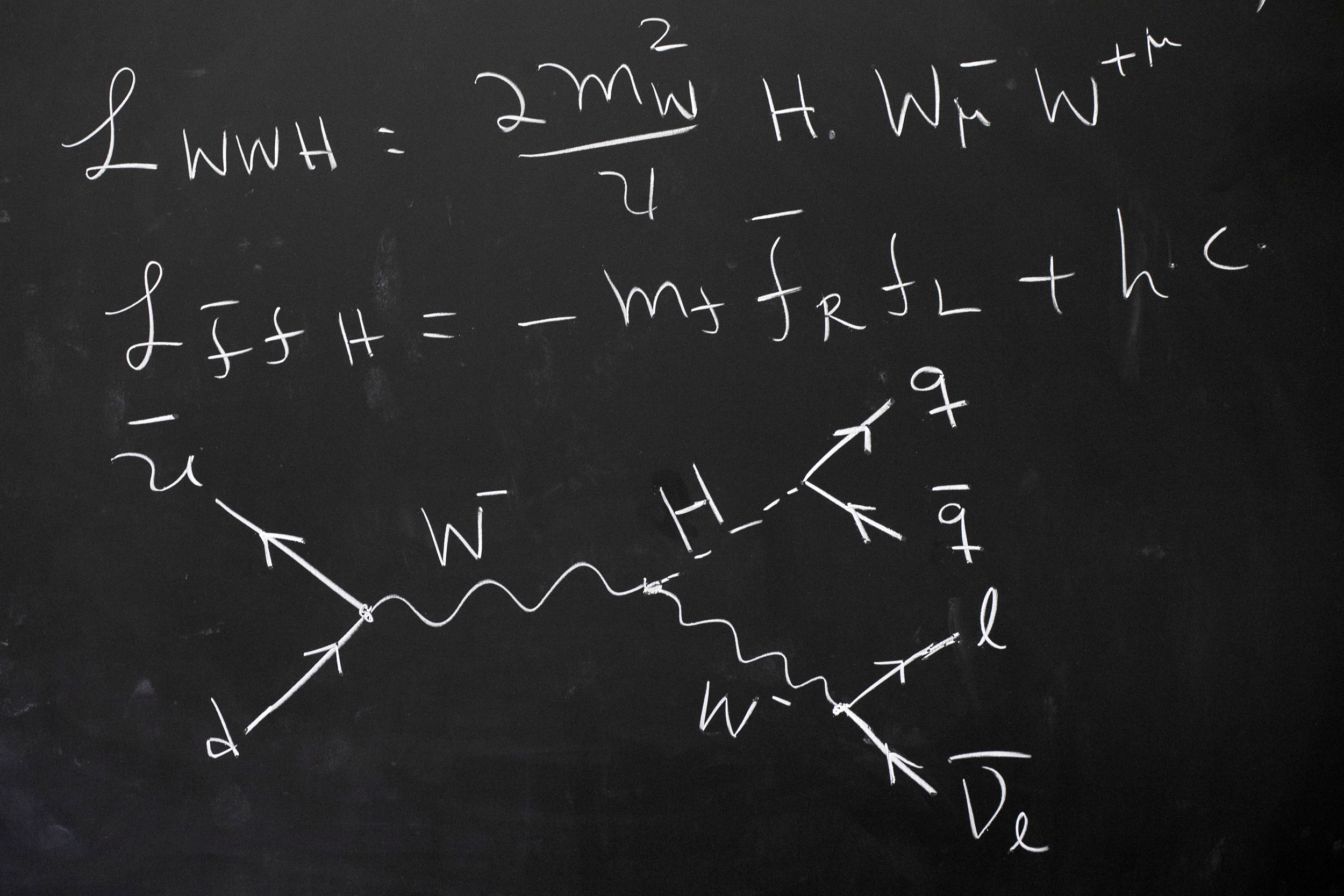
Girma Hailu, a senior preceptor in physics (pictured above), enlists chalkboards in lectures, office hours, and discussions. “The process of writing on the chalkboard gives everyone time to pause, think, assimilate information, and raise questions.”
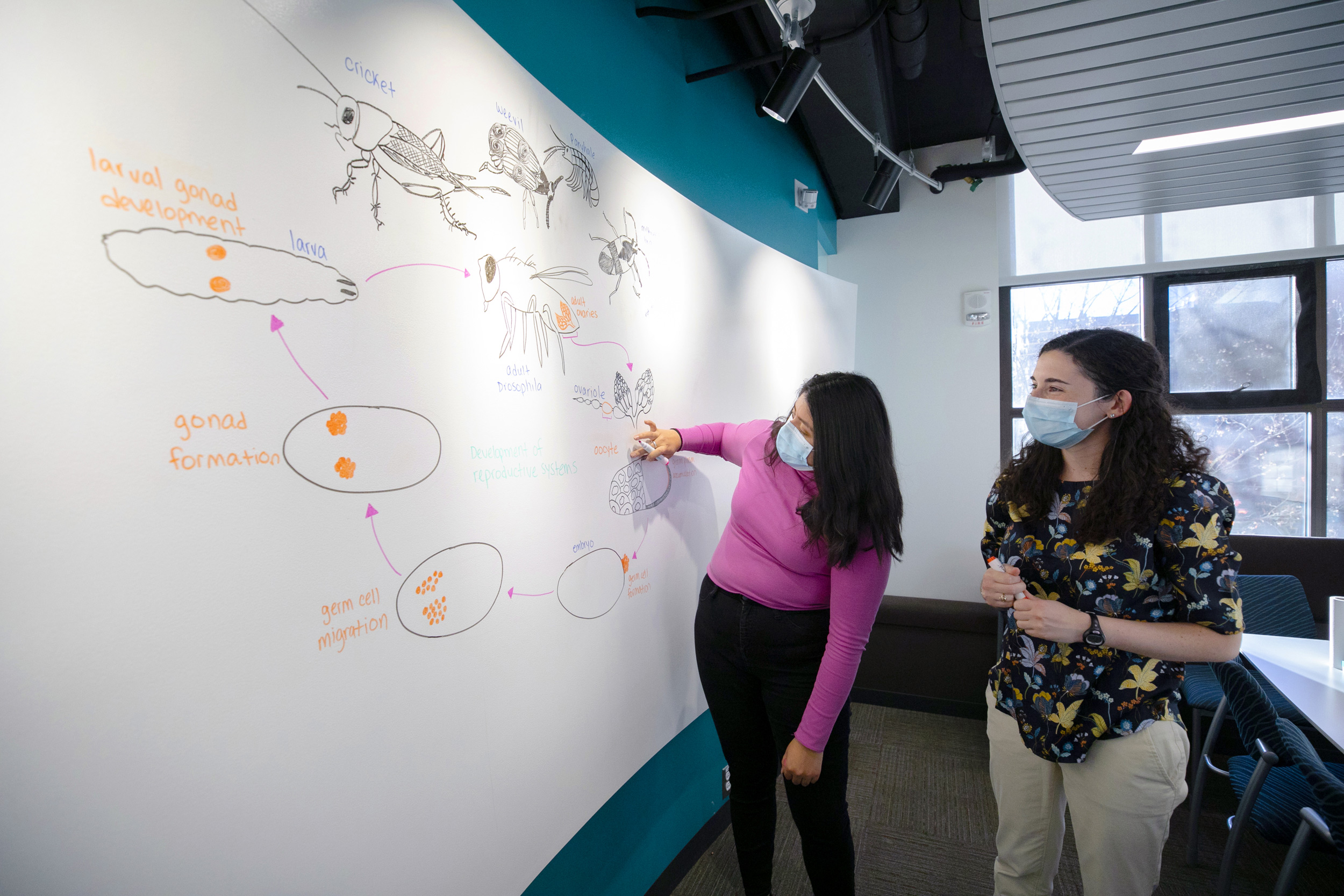
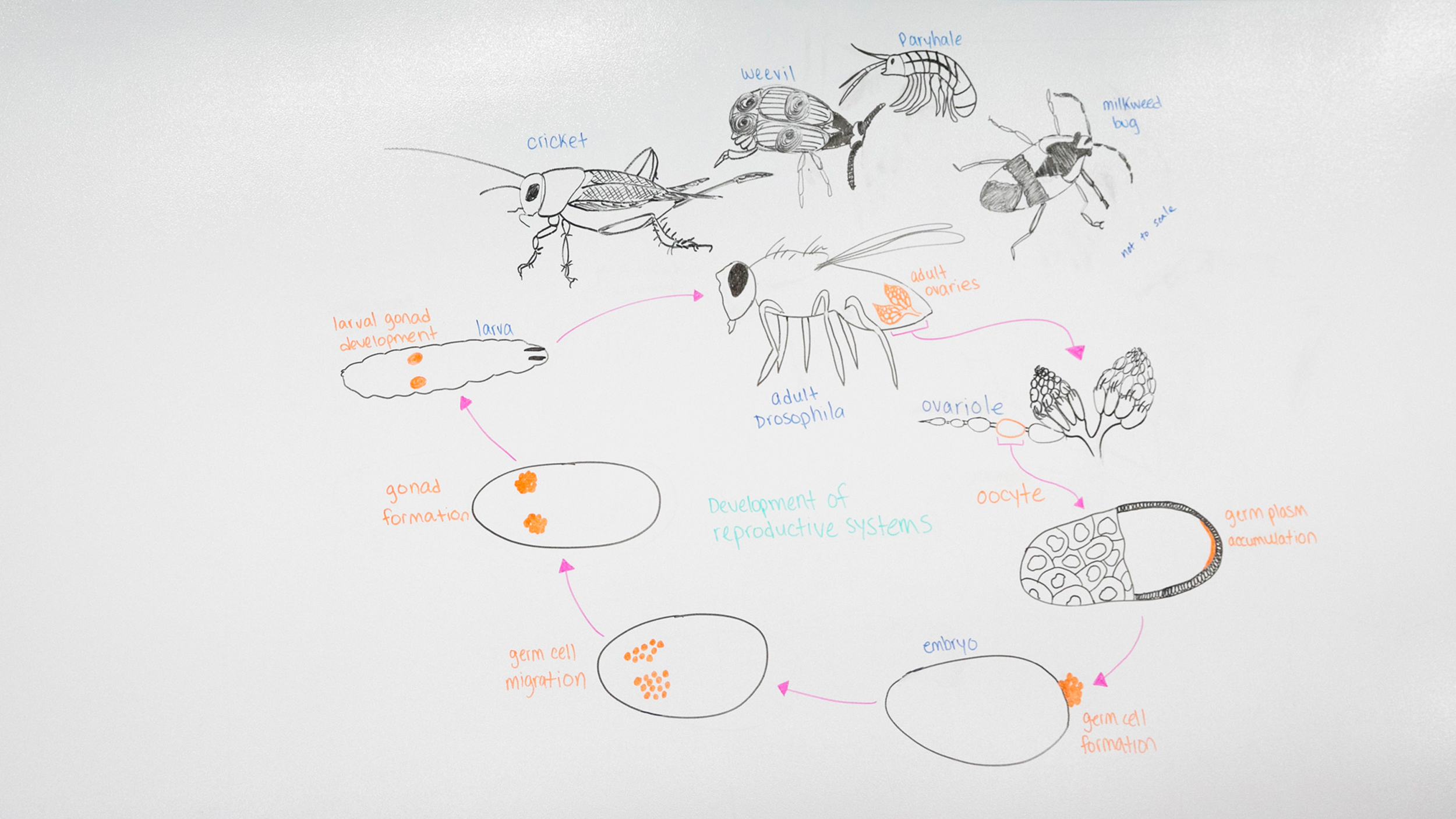
Drawings of animal embryos and other tissues fill the whiteboards of the Extavour Lab, whose researchers study the ancient origins of germ cells to understand their evolution. “We frequently draw on the boards to plan and discuss our experiments, which include genetic crosses, dissections, and microscopy,” said graduate student researcher Emily Rivard (pictured above with Adriana Aguilar-Maldonado).
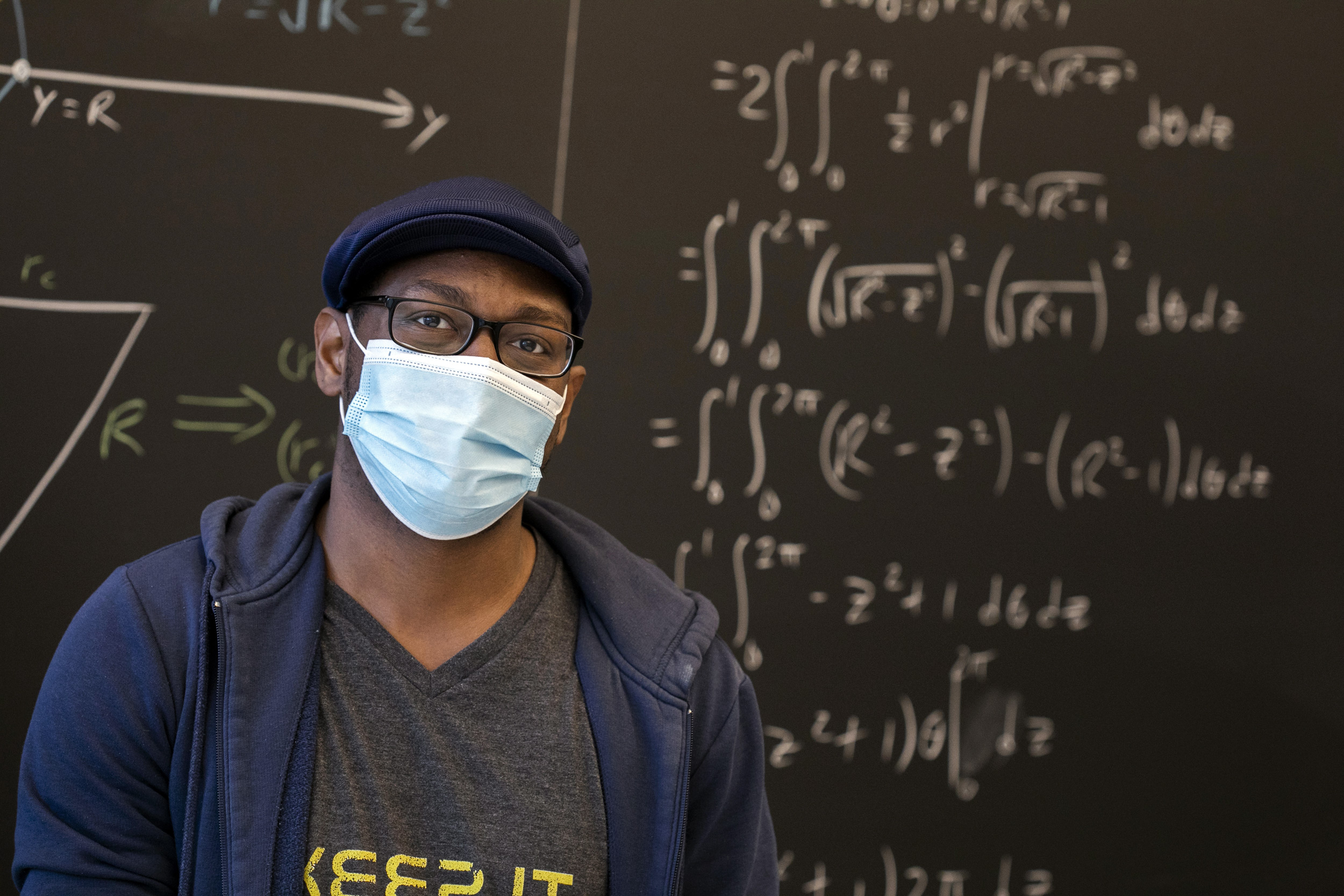
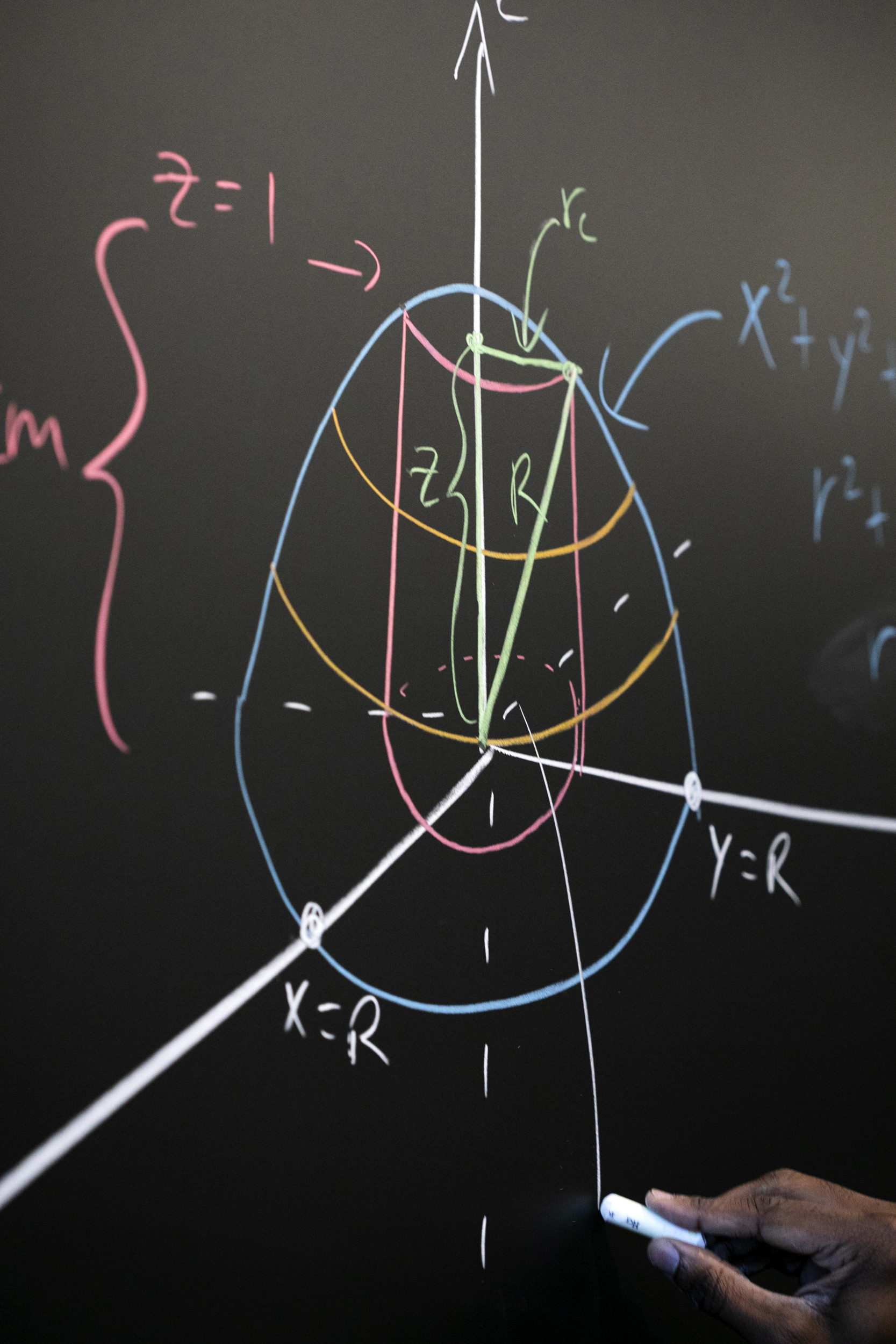
Hakim Walker (pictured above) has students practice solving problems in groups on the blackboard. “I firmly believe that students do not truly learn math by just copying it down or watching someone else do it; they only learn math by actively doing math themselves,” said the preceptor of mathematics and first-year proctor in Matthews Hall.
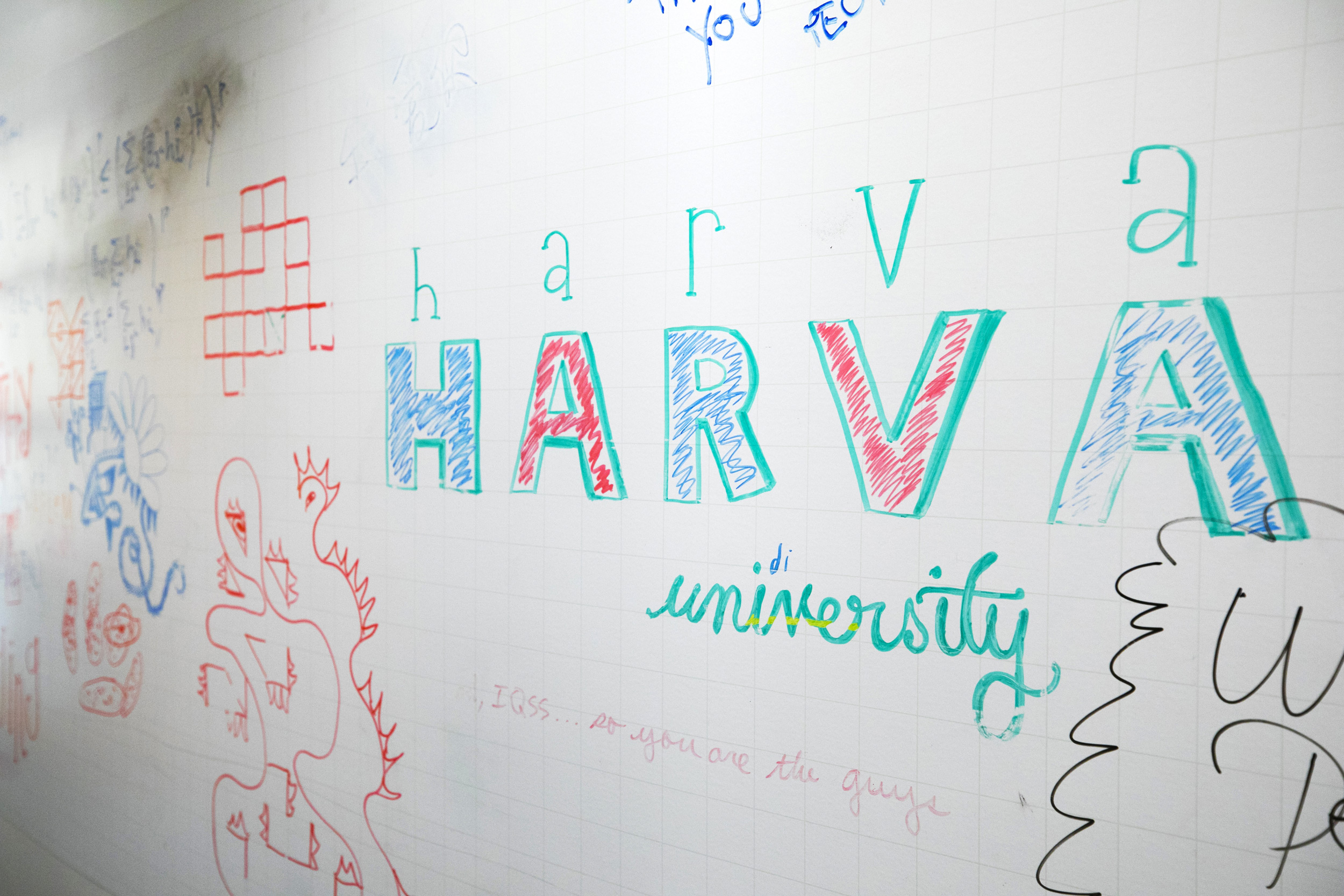
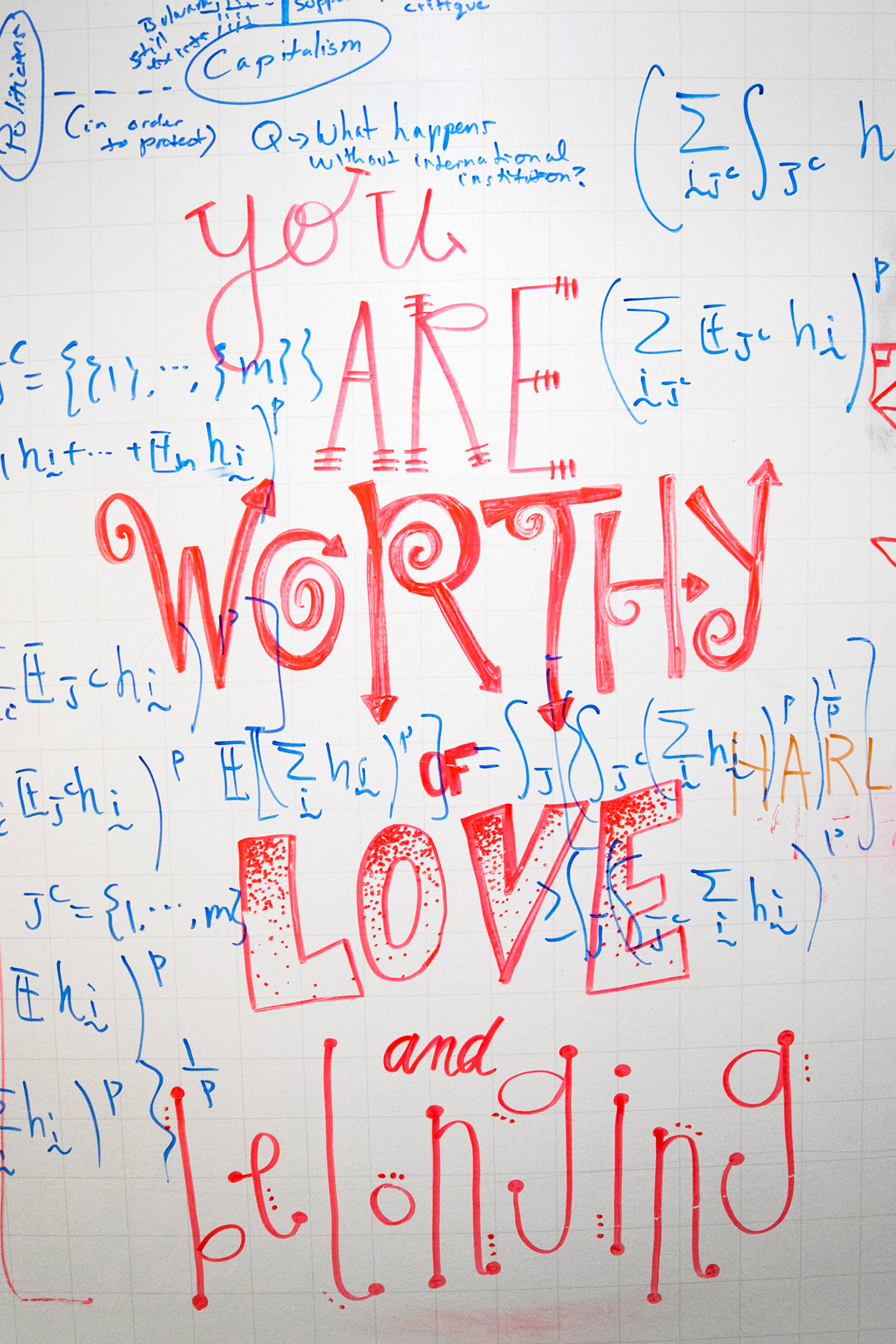
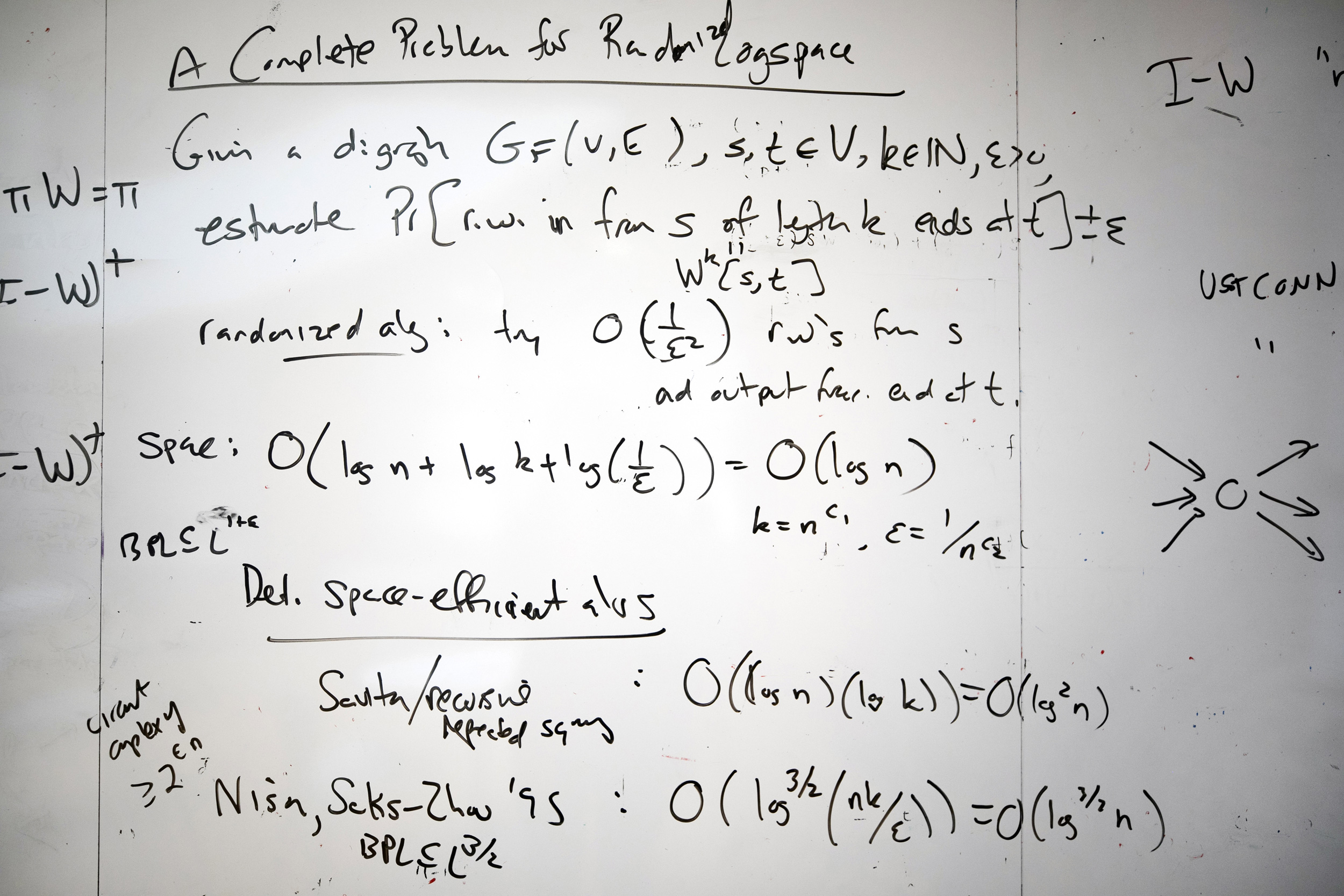
The idea to hang whiteboards along the halls of the Institute for Quantitative Social Science came from Director Gary King. “Instead of people peeking at photos as they walk by, they pour out of their offices and work on real problems together in the hallways,” said King, the Weatherhead University Professor. “These hallways are not merely connectors of different spaces; they are integral parts of the building. They help us build, house, and improve our community.”
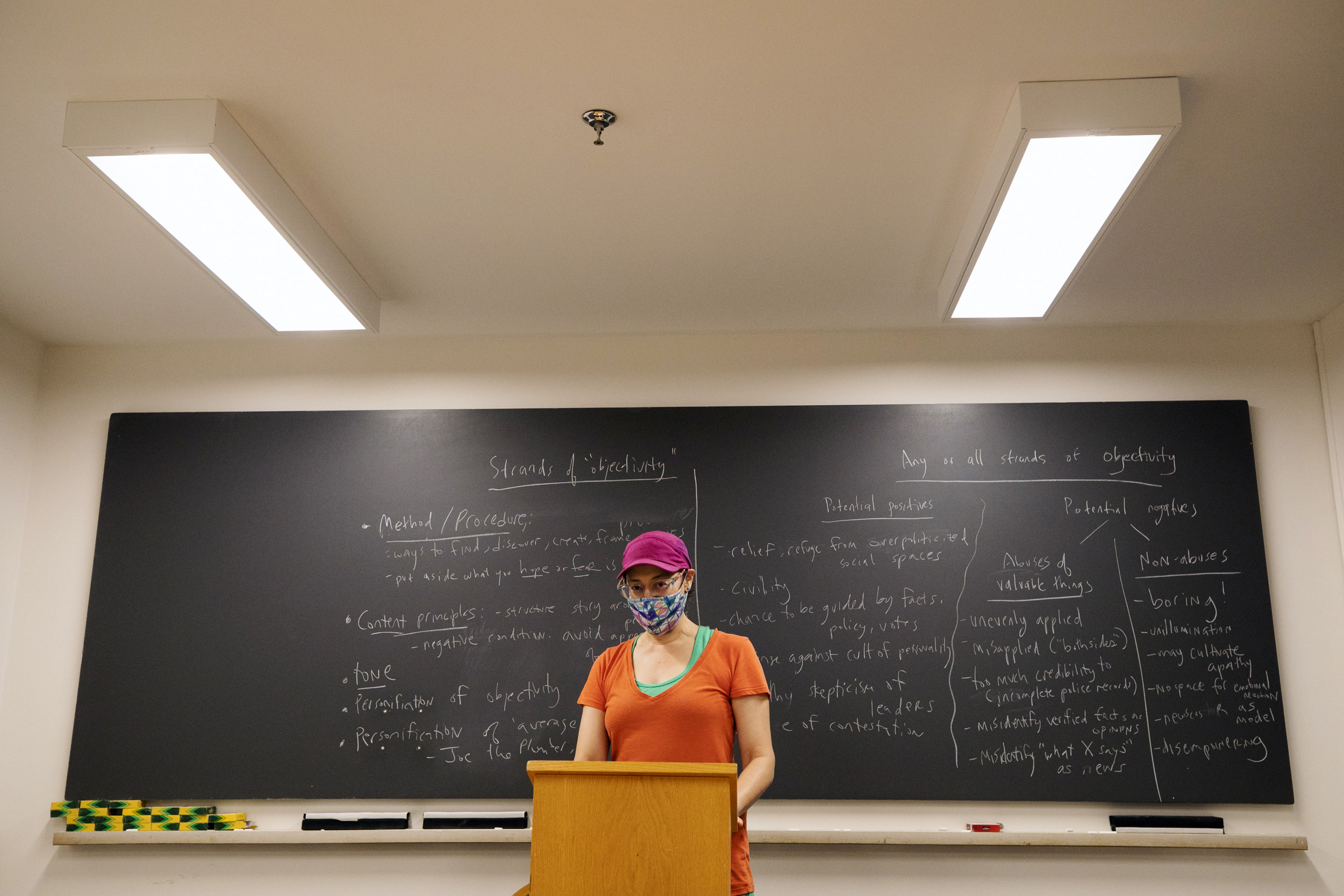
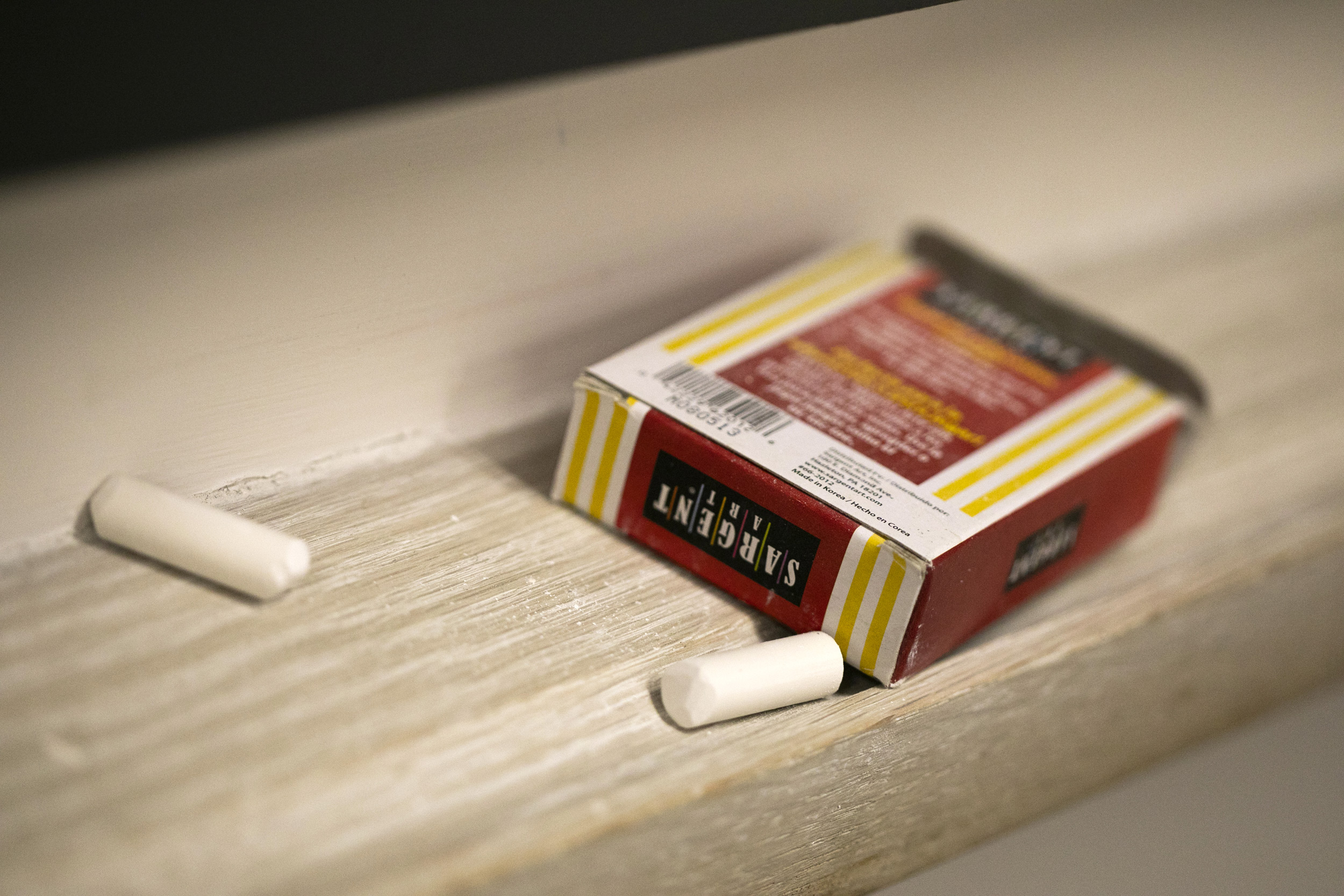
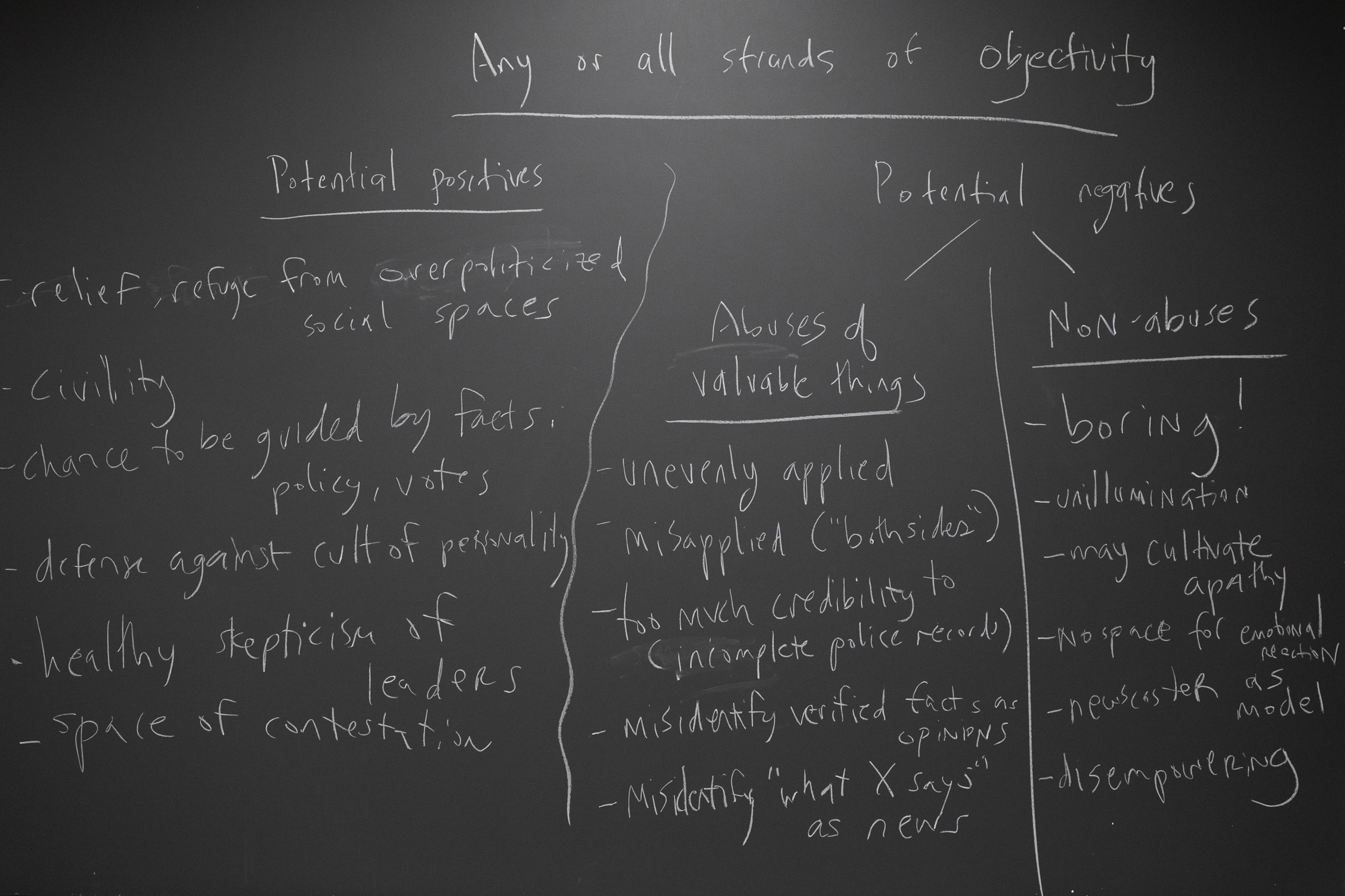
In her course “Truth, Lies, and the Press,” Edgar Pierce Professor of Philosophy Susanna Siegel (pictured above) and her students investigate the philosophy of journalism. “This board work is from our discussions of one of the thorniest notions in philosophy: objectivity,” said Siegel. “It’s thorny because there are so many things it can mean. Throughout the semester we kept a running list of different principles and practices that the word is used to refer to, so students can more clearly assess whether they are possible or impossible, worthwhile or unproductive, used or abused.”
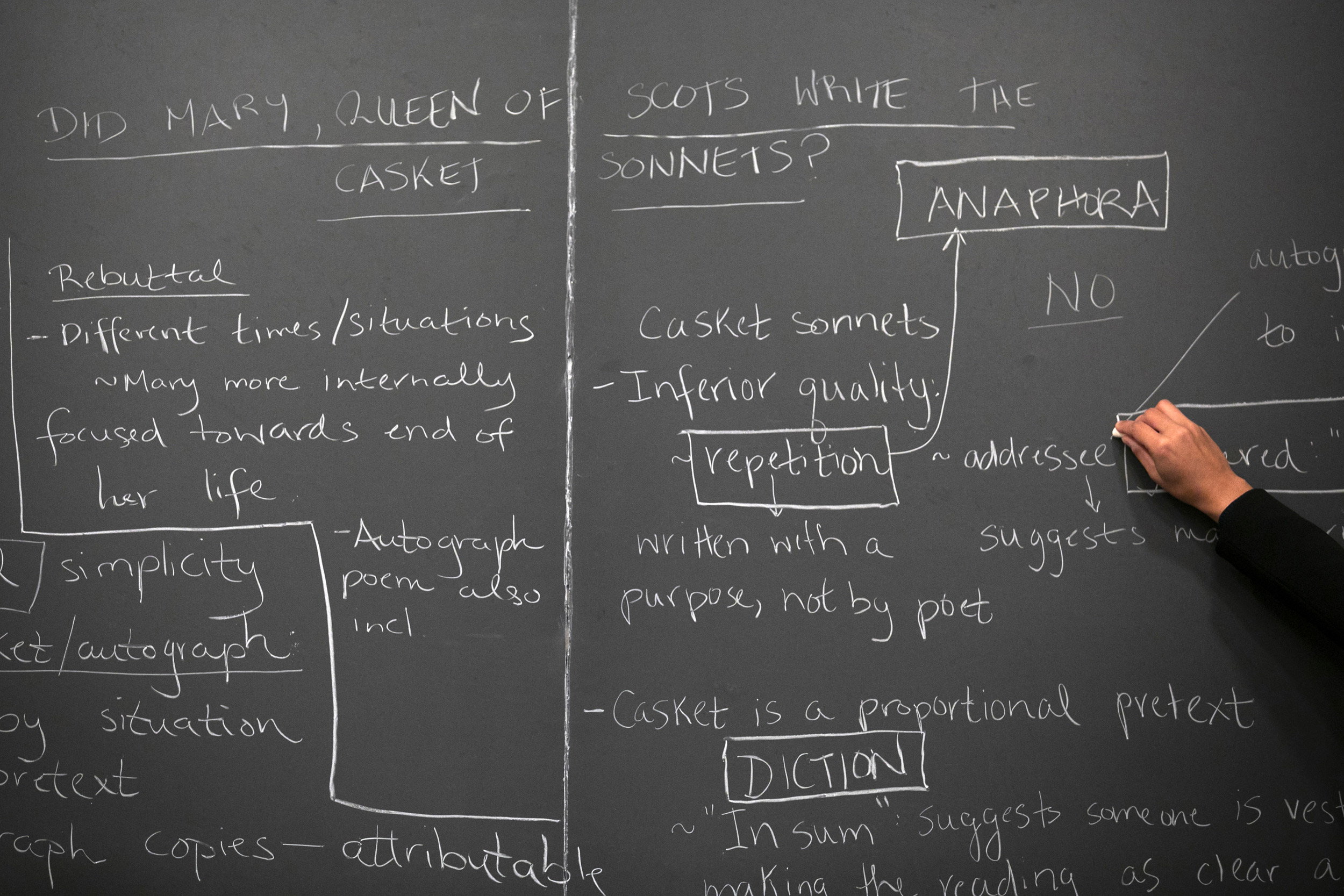
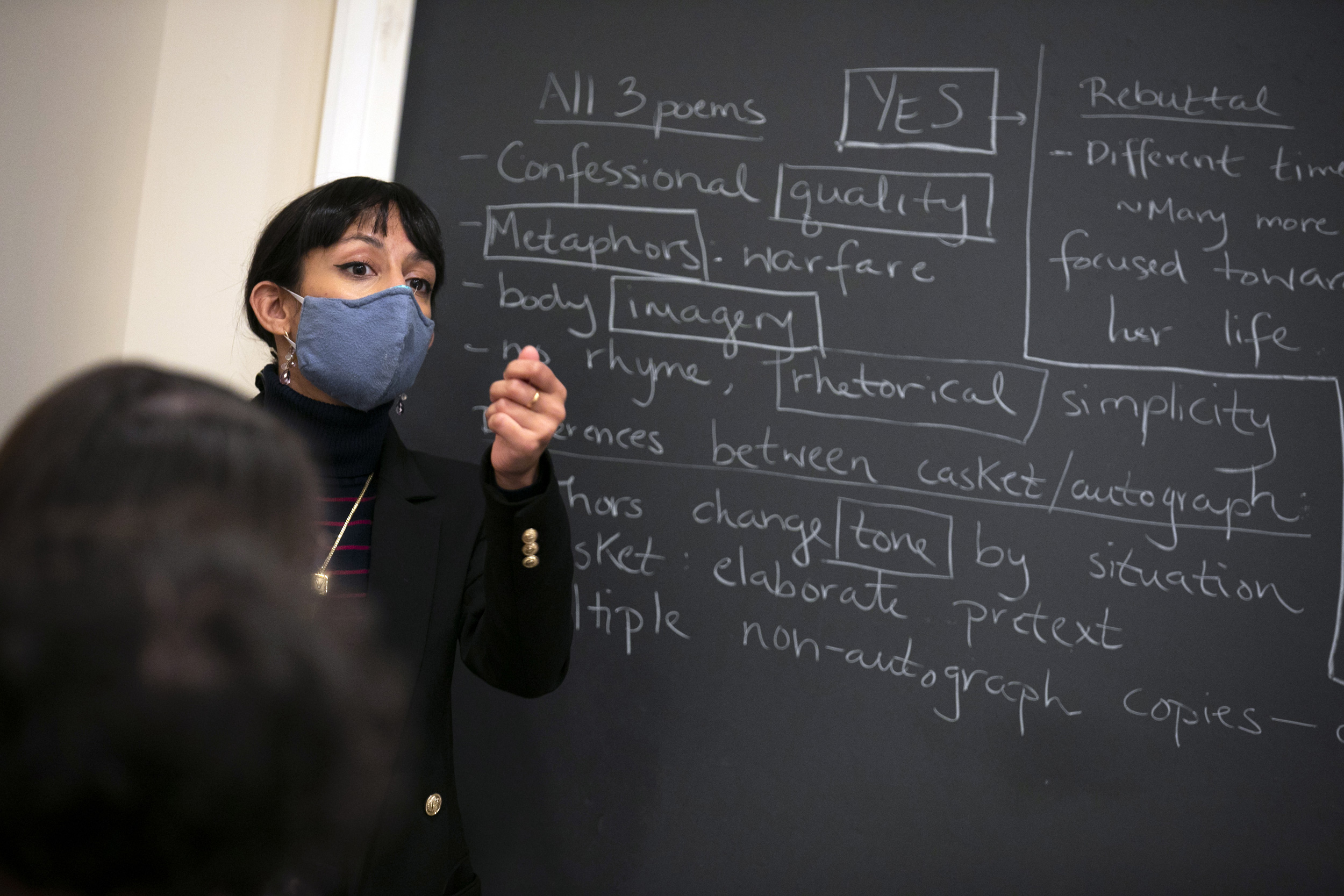
Visiting lecturer in English Alan Niles focuses on highlighting the work of women in “English Literature: The First 1000 Years.” “To read past literature historically means recognizing the ways women have always participated in the world of letters, alongside and in dialogue with men,” he said. “And the difficulties of writing as a woman are themselves something we should study, and that students can find interesting.”
A debate about Mary, Queen of Scots, and questions of authorship, as seen in this board, “not only taught them the surprising and volatile history behind Mary, whose poetry is rarely covered, but it also showed them how literature invites us to consider perspectives other than our own, and that we disagree more constructively as a society when we seek to understand different points of view,” said Vanessa “V.M.” Braganza (pictured above), the course’s teaching fellow and a Ph.D. candidate studying Renaissance literature.
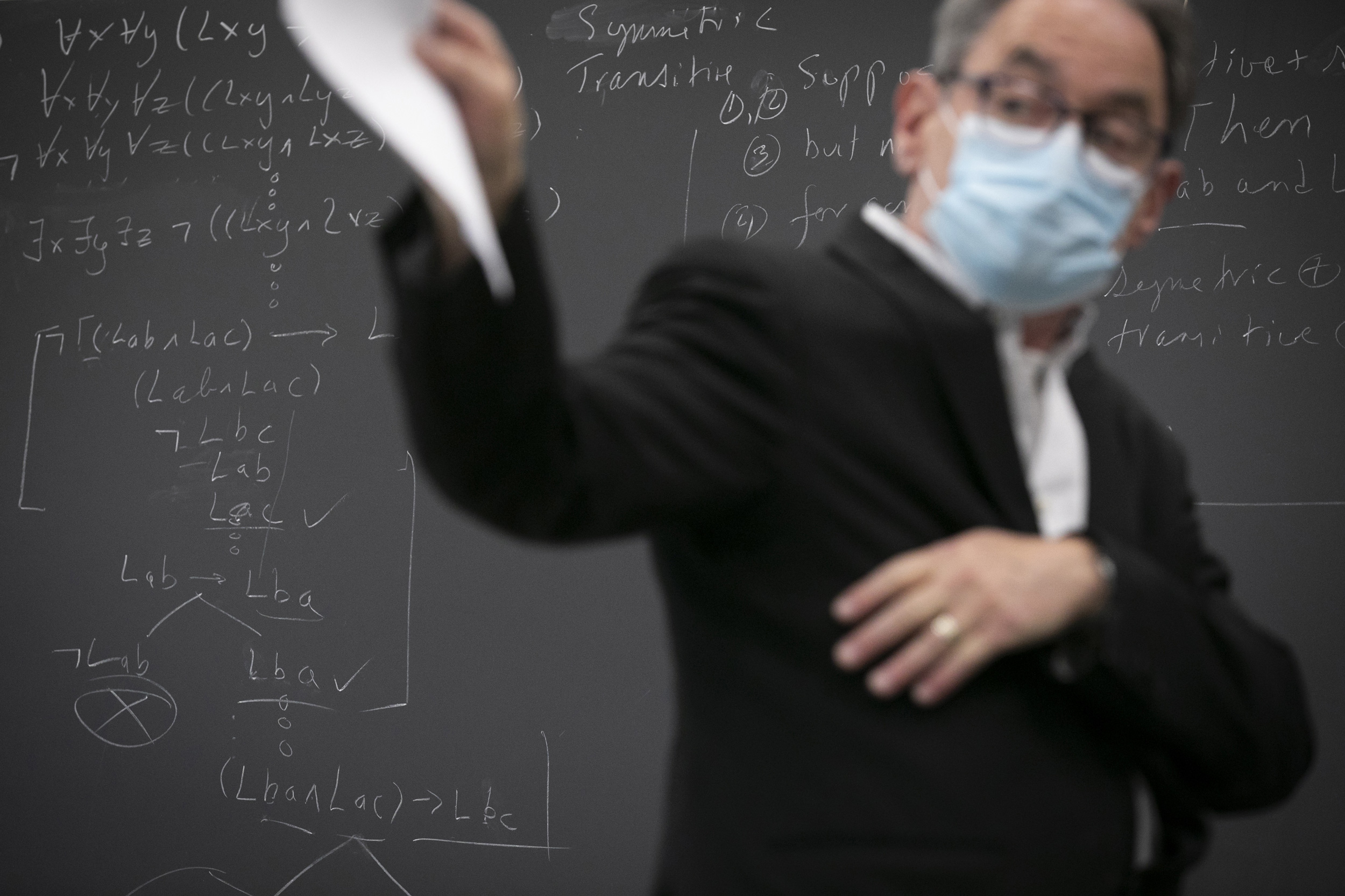
“An introductory logic class tries to do a number of things: set out a theory of what makes a piece of reasoning good (or not so good); apply what we learn from the theory to the analysis of everyday arguments and arguments in the deductive sciences; and examine how formal tools can be used in disciplines like linguistics to theorize about natural language semantics,” said Mark Richard (pictured above), a professor of philosophy who teaches “Introduction to the Power and Form of Logic.” On this board, the class determined whether the formalization of an argument in English was a valid argument.



